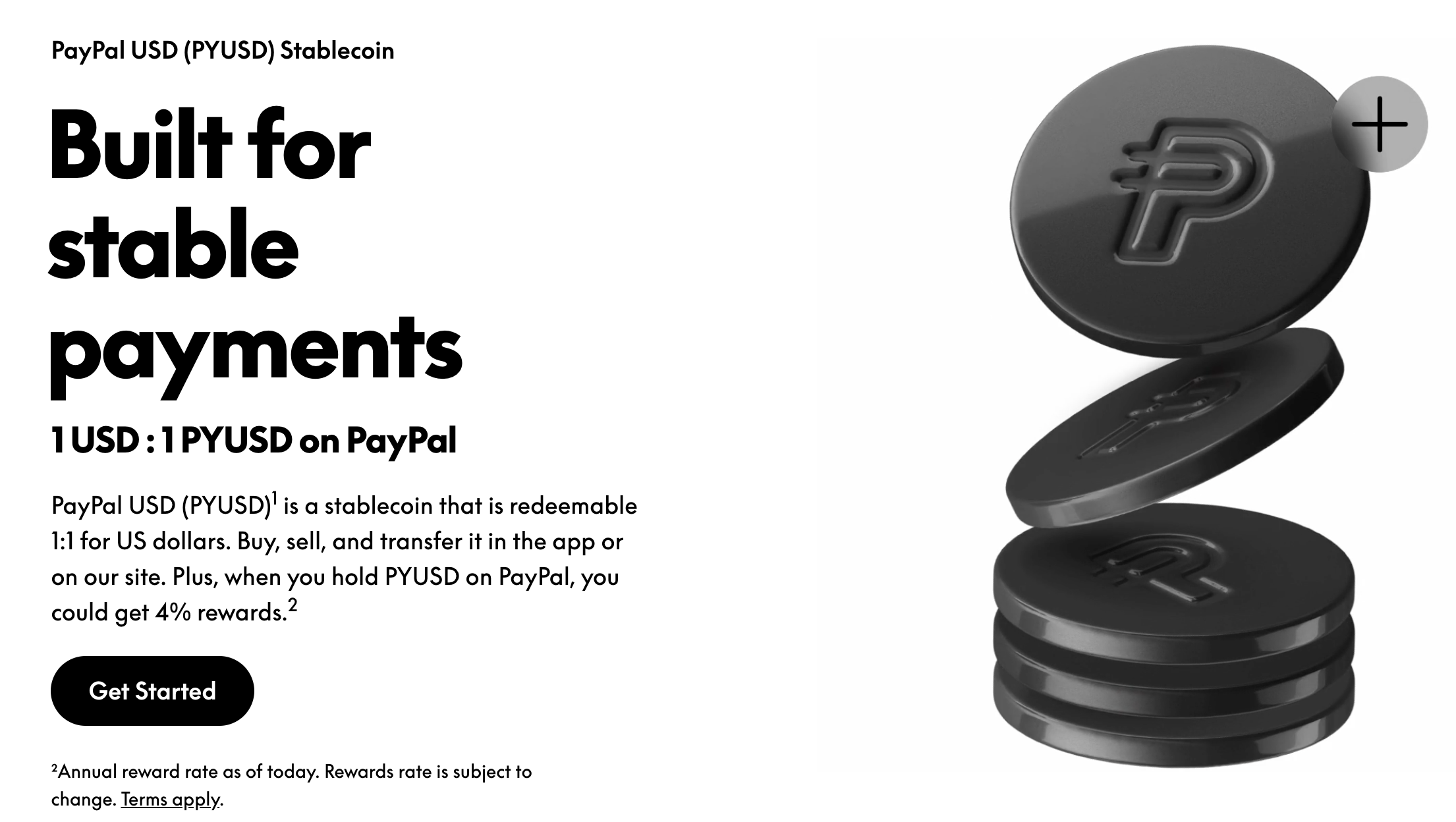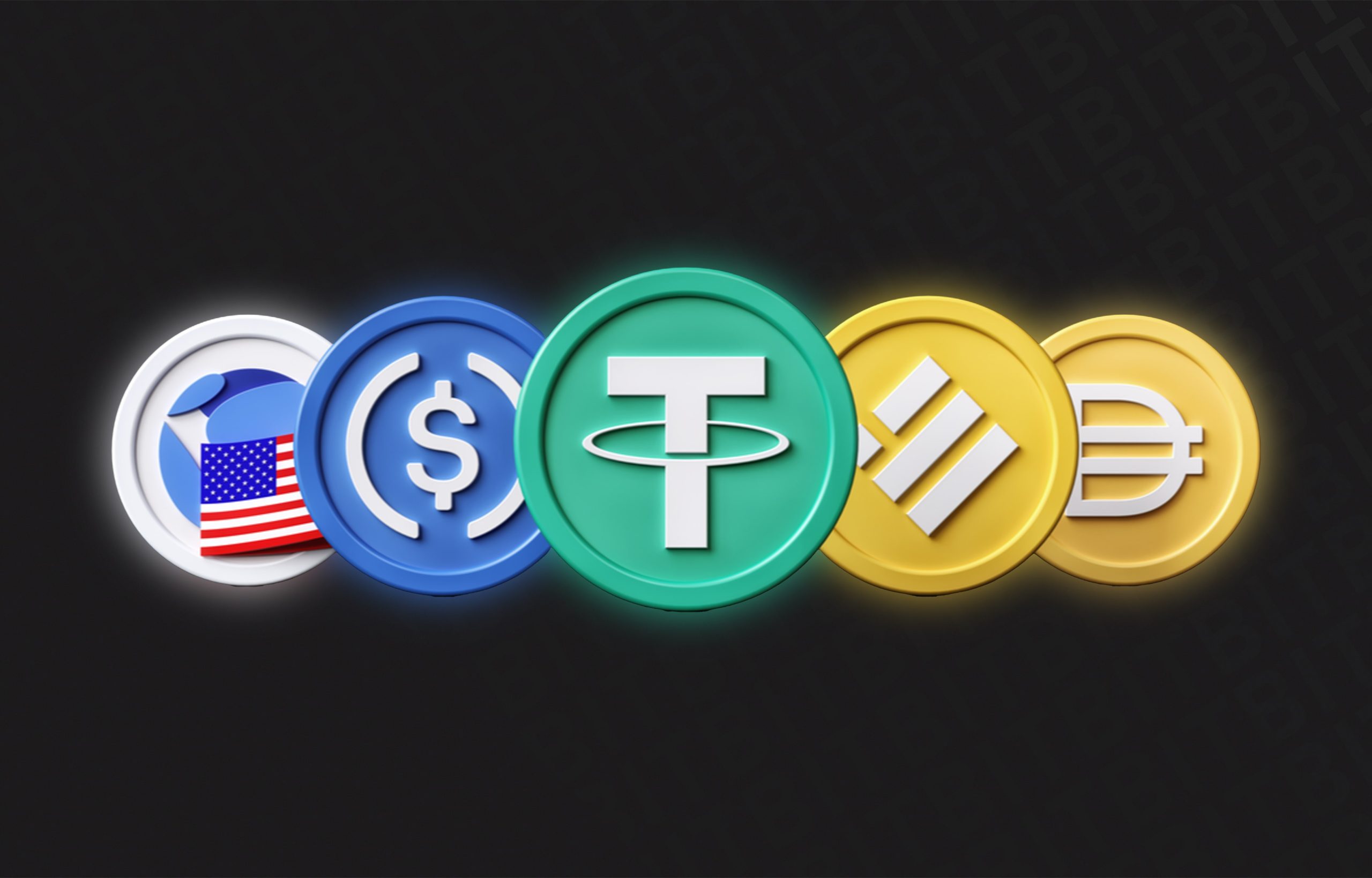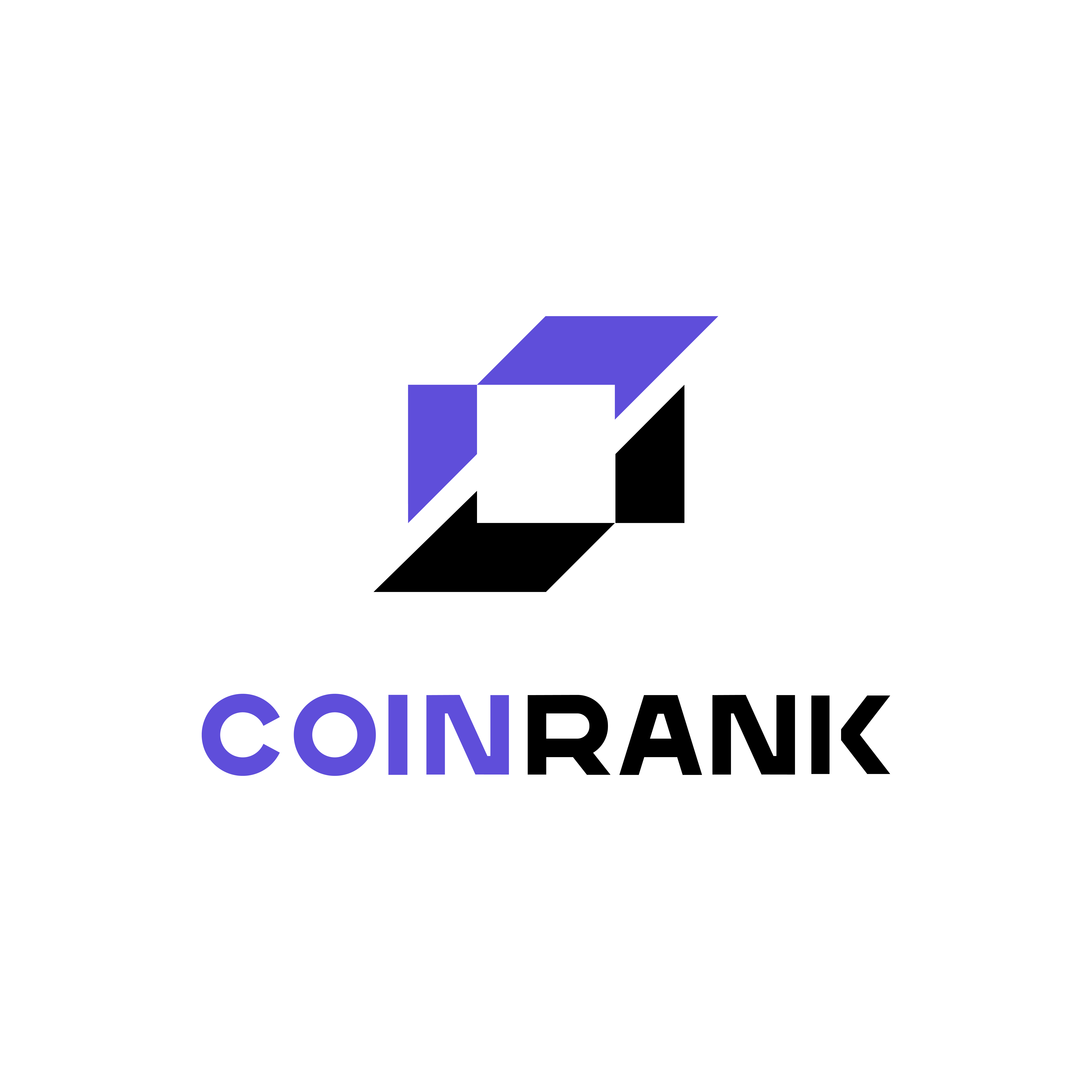Why are traditional financial institutions accelerating their layout in the stablecoin market?
In recent years, the stablecoin market has risen at an astonishing rate and has become a key hub for the integration of the digital economy and traditional finance. In 2025, traditional financial institutions continue to show enthusiasm for stablecoins, and many banks and fintech companies around the world are accelerating their entry into this field, trying to seize the initiative in the wave of digital finance.
The boom in the stablecoin market and the active participation of traditional financial institutions
In 2025, the size and influence of the stablecoin market continued to expand. According to the latest data from Chainalysis, the monthly transaction volume of stablecoins has surged to a trillion US dollars, accounting for 60% to 80% of the total cryptocurrency transactions. This explosive growth has attracted widespread attention from traditional financial institutions, which are accelerating their integration into the digital economy ecosystem by issuing stablecoins, participating in the construction of blockchain networks, and providing related financial services. For example, US financial giants such as JPMorgan Chase, Bank of America, Citigroup, and Wells Fargo are exploring the possibility of jointly issuing stablecoins.

At the same time, financial technology companies are also accelerating their layout. Stripe announced the launch of stablecoin accounts in 101 countries, and PayPal further expanded its global influence through its PYUSD stablecoin, using stablecoins to achieve instant cross-border payments, especially in emerging markets. These dynamics show that traditional financial institutions are embracing stablecoins with practical actions, trying to occupy a strategic high ground in the field of digital finance.
The underlying reasons driving traditional financial institutions to enter
Traditional financial institutions' interest in stablecoins is not a whim, but the result of multiple market and technical factors. First, stablecoins are favored by users because their value is usually anchored to legal currencies such as the US dollar and their volatility is low. According to ARK Invest data, the number of stablecoin users worldwide has reached 170 million to 230 million, accounting for 15% to 20% of non-US resident US dollar holders.
This broad user base provides a huge market opportunity for financial institutions. By issuing stablecoins, banks and fintech companies can meet customer demand for secure and stable digital assets while enhancing brand trust. For example, JPMorgan Chase's JPM Coin has been widely used in its corporate payment system, showing the potential of stablecoins in optimizing financial services. Secondly, the efficiency advantage of blockchain technology is an important driving force for traditional financial institutions to enter the stablecoin market.
Compared with the traditional SWIFT system, blockchain-supported stablecoin transactions can achieve near-real-time settlement and significantly reduce costs. Wells Fargo's blockchain pilot project shows that its cross-border transfer efficiency far exceeds the traditional system. The Australian dollar-anchored stablecoin AUDN launched by the National Australia Bank (NAB) has also demonstrated similar advantages in pension payments and carbon credit transactions. In addition, competitive pressure is also a factor that cannot be ignored.

As stablecoins such as Tether (USDT) and Circle (USDC) dominate the market, traditional financial institutions face threats from crypto-native companies and emerging fintech companies. Tether and Circle hold as much as $166 billion in U.S. Treasury bonds, becoming important players in the Treasury market. If banks do not actively participate in the stablecoin market, they may gradually lose competitiveness in the payment and settlement fields.
Regulatory environment and global market opportunities
The gradual clarification of the regulatory environment provides a solid compliance foundation for traditional financial institutions to enter the stablecoin market. In July 2025, the United States passed the GENIUS Act, which established the first federal regulatory framework for payment stablecoins, requiring issuers to hold 100% of liquid asset reserves (such as US dollars or short-term Treasury bonds) and disclose the composition of reserves on a regular basis.
This bill significantly reduces the legal risks for banks to enter the market. The EU's Crypto-Asset Market Regulation Act (MiCA) has also provided a clear compliance path for the issuance of stablecoins since it came into effect in mid-2024. Hong Kong, Singapore and the United Kingdom have also introduced supportive policies. These regulatory frameworks not only enhance market confidence, but also provide a "safe haven" for traditional financial institutions to enter the market. At the same time, the role of stablecoins in global financial inclusion is becoming increasingly prominent, especially in emerging markets. Companies such as Yellow Card use stablecoins to help African companies achieve instant cross-border payments, bypassing the delays and high fees of the traditional banking system. By issuing stablecoins, traditional financial institutions can serve more than 1 billion people around the world who are not covered by traditional banks, expand new markets and enhance customer stickiness. For example, the RLUSD stablecoin launched by Ripple chose BNY Mellon as the reserve custodian, emphasizing its security and compliance in enterprise-level applications, attracting a large number of institutional customers.
Opportunities brought by stablecoins: Reshaping the financial ecosystem
The entry of traditional financial institutions into the stablecoin market is not only a response to market trends, but also brings far-reaching opportunities for their own development. First, stablecoins make it possible to modernize the payment system. Through blockchain technology, stablecoins can replace traditional payment networks (such as SWIFT, Visa, and Mastercard), significantly reduce transaction costs and speed up settlement. For example, Amazon and Walmart are considering adopting stablecoins to reduce credit card transaction fees, while banks can attract more corporate customers by providing stablecoin payment solutions. Second, stablecoins have injected new vitality into the dominant position of the US dollar in global finance. ARK Invest pointed out that stablecoins have indirectly promoted investment in US short-term Treasury bonds through global users' demand for USDT and USDC, which can be called the "Trojan Horse" of the US dollar. By issuing dollar-anchored stablecoins, traditional financial institutions can not only consolidate the international status of the US dollar, but also gain a strategic advantage in the digital economy. In addition, the flexibility of stablecoins enables them to be seamlessly embedded in financial services such as asset tokenization, liquidity management, and trade finance.
Challenges and risks
Although the stablecoin market is full of opportunities, traditional financial institutions also face many challenges when entering. First, the complexity and cost of regulatory compliance is a major obstacle. Although regulations such as the GENIUS Act and MiCA provide a framework, issuers need to meet strict anti-money laundering (AML) and customer identity verification (KYC) requirements and ensure the transparency of reserve assets. According to Chainalysis, about 63% of illegal crypto transactions involve stablecoins, which has made regulators more stringent in their scrutiny of stablecoins and increased the compliance burden of banks. Second, the rapid expansion of the stablecoin market may trigger financial stability risks. The Federal Reserve's research warns that if a "run" similar to the TerraUSD crash in 2022 occurs in the stablecoin market, issuers may be forced to quickly sell U.S. Treasuries, causing market volatility. The collapse of TerraUSD caused a market value evaporation of $45 billion, highlighting the potential instability of stablecoins. In addition, technical risks cannot be ignored. The blockchain infrastructure that stablecoins rely on requires strong security and risk resistance, and traditional financial institutions have huge investment needs in technology upgrades and network security. Finally, market competition and trust issues are equally critical. Tether was fined $41 million for reserve transparency issues, which reminds banks that they must win user trust through rigorous audits and transparency measures while competing fiercely with established stablecoin issuers.



